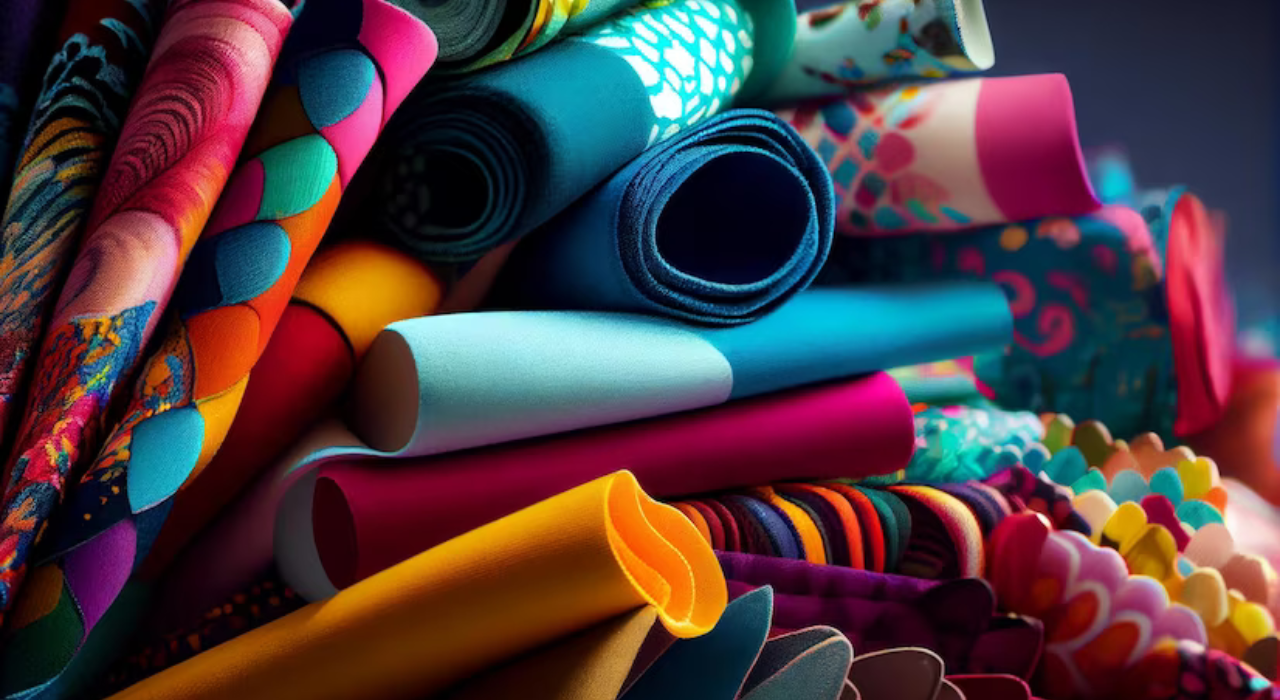The textile industry is a complex global network, with different regions specializing in various types of fabrics due to their unique resources, traditions, and technological advancements. Understanding where specific fabrics are sourced from can help businesses make informed decisions about quality, cost, and sustainability. In this blog, we will explore the global sourcing scenario and identify the primary countries known for producing specific types of fabrics.
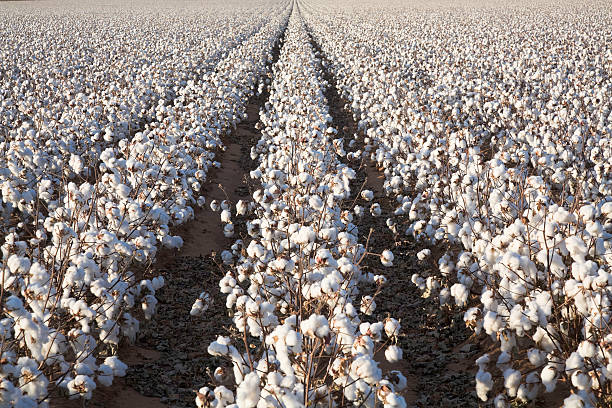
Cotton: USA, India, and China
Cotton is one of the most widely used natural fibers in the world, and its production is concentrated in a few key regions:
- USA: Known for its high-quality cotton, particularly Pima cotton, which is renowned for its long fibers and superior softness. The USA is a significant exporter of cotton, supplying raw materials to textile manufacturers worldwide.
- India: As one of the largest producers of cotton, India offers a wide range of cotton types, including organic and conventional varieties. The country’s cotton industry is vital to its economy, providing raw materials for domestic use and export.
- China: Another major player in the global cotton market, China produces vast quantities of cotton and is a leading manufacturer of cotton textiles and garments.
For more insights into how global textile practices influence modern design, check out our blog on Blending Traditions: The Influence of Global Textile Practices on Modern Design.
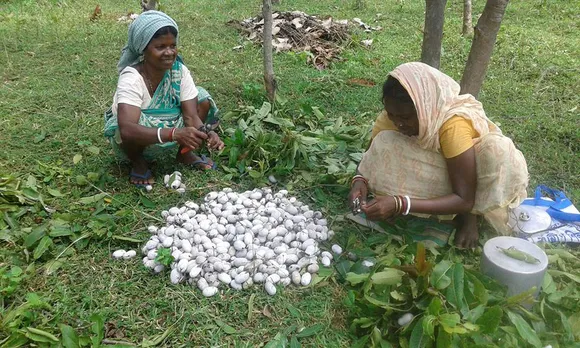
Silk: China and India
Silk, known for its luxurious feel and sheen, is primarily sourced from:
- China: The birthplace of silk production, China remains the largest producer and exporter of silk in the world. Chinese silk is prized for its quality and is used in high-end fashion and home textiles.
- India: India is the second-largest producer of silk, with a diverse range of silk types such as Mulberry, Tussar, and Eri. Indian silk is known for its vibrant colors and intricate designs, making it a favorite in traditional and contemporary fashion.
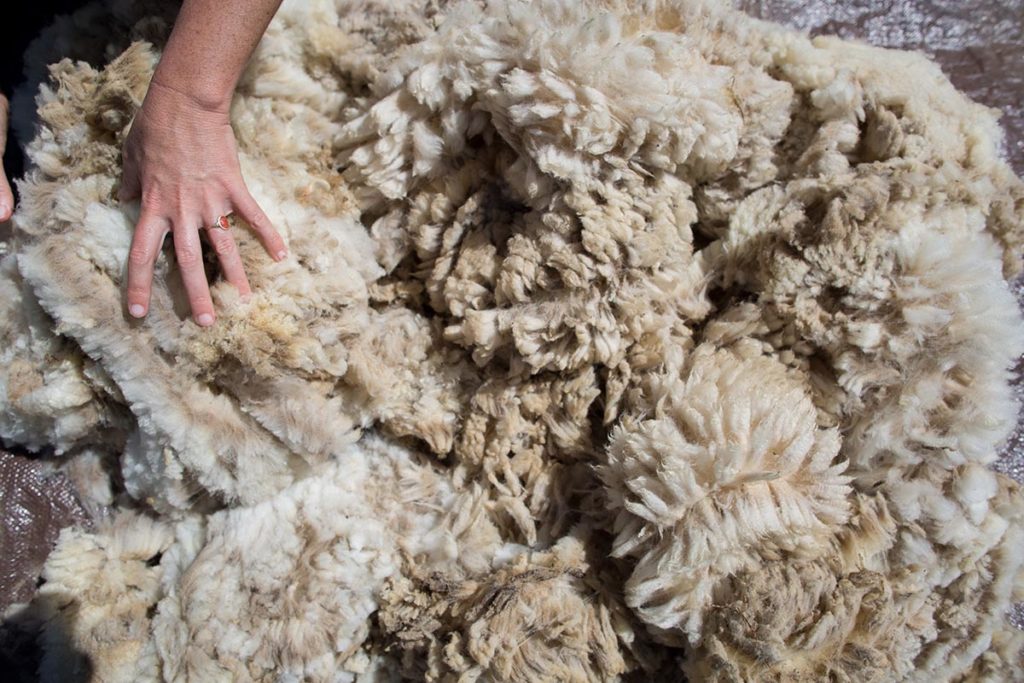
Wool: Australia, New Zealand, and the UK
Wool is a versatile natural fiber sourced from sheep, and its production is dominated by:
- Australia: The largest producer of Merino wool, which is highly regarded for its fine texture and softness. Australian wool is used in a variety of applications, from high-end fashion to outdoor apparel.
- New Zealand: Known for its strong and durable wool, New Zealand produces high-quality wool suitable for both clothing and home textiles.
- UK: With a long history of wool production, the UK is known for its heritage breeds and traditional woolen fabrics like tweed and worsted wool.

Linen: Belgium, France, and Ireland
Linen, made from the flax plant, is cherished for its strength and natural luster:
- Belgium: Renowned for producing some of the finest linen in the world, Belgian linen is highly sought after for its superior quality and durability.
- France: Another major producer of high-quality linen, French linen is known for its softness and elegant appearance.
- Ireland: With a rich history in linen production, Irish linen is famous for its craftsmanship and long-lasting quality.
To understand the broader trends in the textile industry, read our blog on Global Trends in the Textile Industry: An Overlook.

Synthetic Fibers: China, USA, and India
Synthetic fibers like polyester, nylon, and acrylic are produced using petrochemicals and have a significant presence in the textile market:
- China: The largest producer of synthetic fibers, China dominates the market with its extensive manufacturing capabilities and cost-effective production processes.
- USA: Known for its technological advancements, the USA produces high-quality synthetic fibers used in a range of applications, from apparel to industrial textiles.
- India: A growing producer of synthetic fibers, India offers a variety of polyester and nylon fabrics, catering to both domestic and international markets.
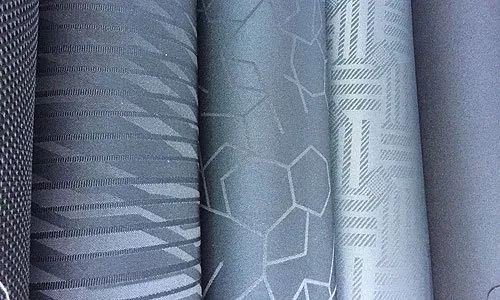
Specialty Fabrics: Japan, Italy, and Brazil
Specialty fabrics include technical textiles and high-performance materials:
- Japan: Known for its innovation in technical textiles, Japan produces advanced fabrics used in industries such as automotive, healthcare, and sports.
- Italy: Renowned for its luxury textiles, Italy produces high-end fabrics like cashmere, fine wool, and premium cotton, which are used by top fashion brands.
- Brazil: A significant producer of natural and synthetic fabrics, Brazil is known for its vibrant and innovative textile industry, catering to both fashion and home textiles.
For a comprehensive understanding of various clothing materials, refer to our blog on The Ultimate Guide to Clothing Material.
Conclusion
The global sourcing scenario for textiles is diverse and dynamic, with each country offering unique strengths and specialties. Understanding where different fabrics come from can help manufacturers and designers make informed choices that align with their quality standards, sustainability goals, and budget constraints.
For a reliable and efficient textile sourcing experience, visit locofast.com. Locofast offers a robust network of suppliers and manufacturers, providing high-quality textiles and reliable services to meet your business needs. Explore their website today to learn more about how Locofast can support your journey toward excellence in the textile industry.
